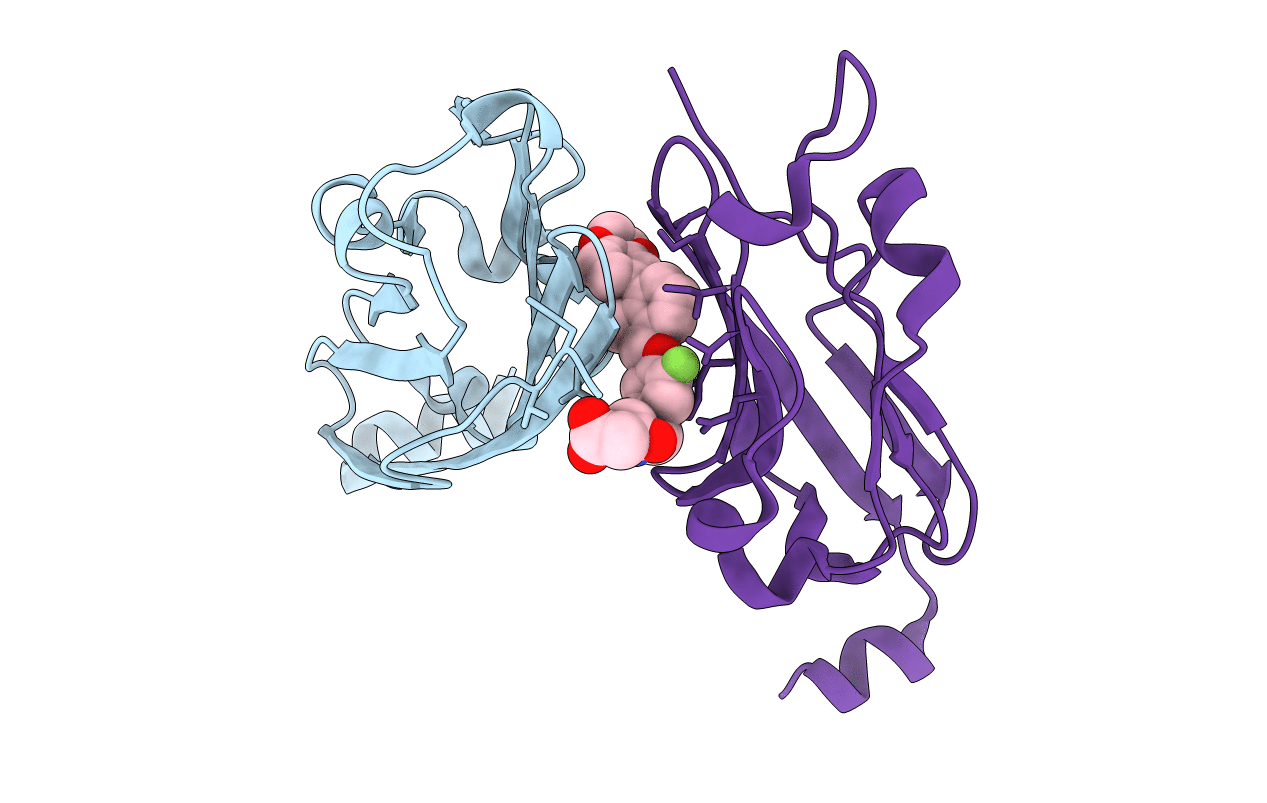
Deposition Date
2017-02-07
Release Date
2017-06-28
Last Version Date
2024-11-13
Method Details:
Experimental Method:
Resolution:
1.70 Å
R-Value Free:
0.22
R-Value Work:
0.19
R-Value Observed:
0.19
Space Group:
P 2 21 21


